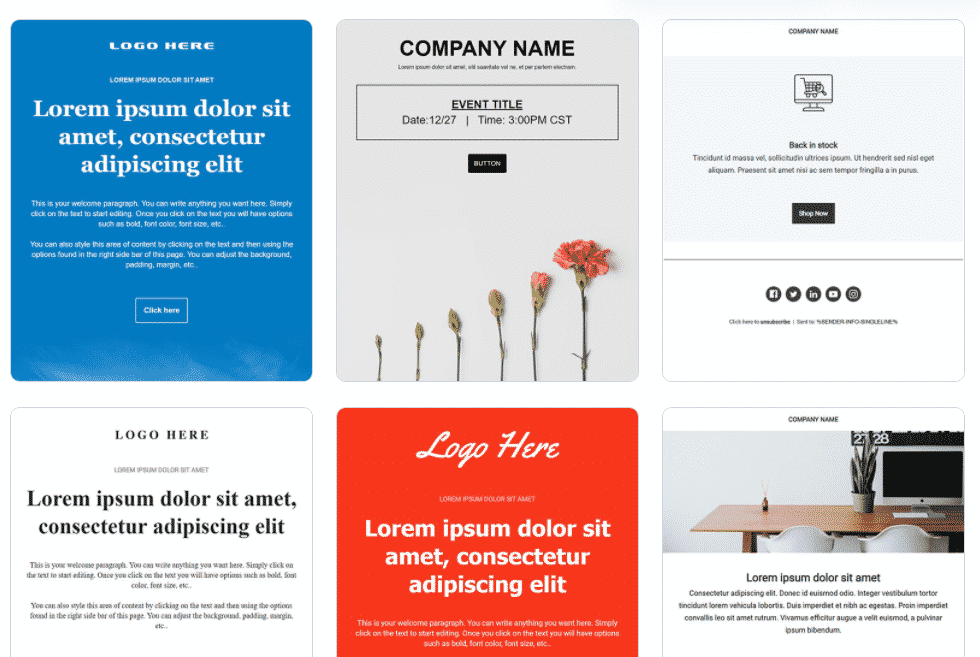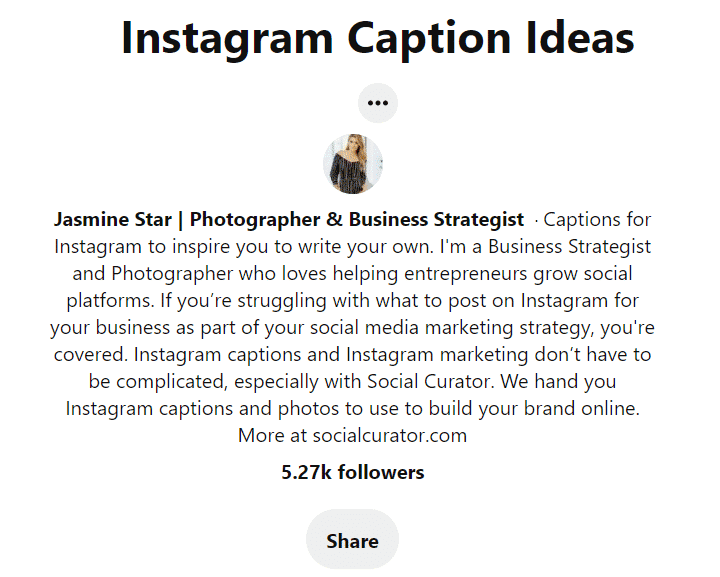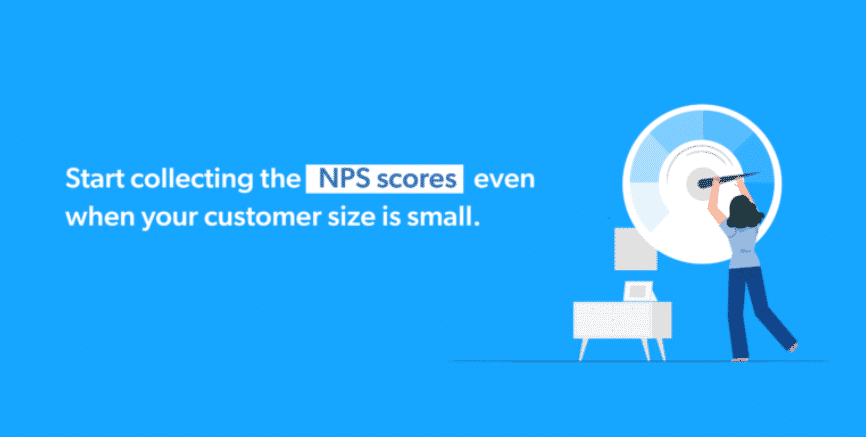
Having high customer engagement is the secret to having high customer lifetime value.
Without customer engagement, brands can’t remain competitive or build long-term relationships with customers. They also can’t understand who their target audience is or figure out what offers their customers need.
This disconnect causes low conversion rates, a dip in sales, and high customer churn rates.
But all isn’t lost, and that’s why we’re here.
In this article, we’ll give you 10 strategies to increase customer engagement in 2021.
But first, let’s take a closer look at what customer engagement is and the benefits of having a customer engagement strategy.
Customer engagement refers to all the ways you interact with customers. Whether online or offline, customer engagement interactions aim to make customers feel positive about your brand.
Here are some examples of customer engagement:
In the end, customer engagement is about delivering value during every step of the customer journey — and having positive interactions with customers along the way.

An engaged customer is a loyal customer.
When customers are excited to talk to you, hear what you’re up to, or buy your offers, it means they have a relationship with you. This connection can lead to a lifetime of consistent sales, pleasant customer interactions, and word-of-mouth advertising from each customer relationship.
Let’s take a look at some other benefits of having a customer engagement strategy.
An engagement strategy can help you:
1. Increase customer engagement
Having a strategy to test, measure, and track results helps you tweak your processes and increase engagement.
2. Consistently interact with customers
When you have a strategy, you also have a customer communication plan. This helps you interact with customers regularly.
3. Be proactive about building long-term customer relationships
Having a strategy helps keep you accountable for building long-term connections with customers.
Building an integrated customer engagement strategy means building an engagement strategy that applies to your entire business as a whole so that every cog and wheel in your business machine has a customer engagement component.
In other words, all hands have to be on deck when implementing a customer engagement strategy.
Frontline managers and staff need to greet customers and nurture relationships. High and middle managers need to foster strong relationships with clients.
And everyone from your customer service team to your sales department needs to have a guide on speaking to customers and strengthening bonds.
When creating an integrated customer engagement strategy, ask yourself the following questions:
Our top 10 strategies to increase customer engagement in 2021 are:
You can’t drive brand awareness and customer engagement without building a brand voice first.
Your brand voice is the personality your brand takes on during any form of communication.
Whether it’s your marketing copy or a social media post, building a brand voice means deciding what you want to say and how you want to say it. It’s about creating consistency across communication channels.
When building your brand voice, consider your company’s value statement or mission statement. Then research your audience and best-performing copy for inspiration.
Finally, create a communication document and fill out a brand voice template that outlines three to five core characteristics your brand voice will have.
Conversational marketing means exactly what it sounds like. It’s communicating with customers through dialogue instead of a one-way transmission from your brand.
Conversational marketing humanizes your brand and builds trust with conversation throughout the customer journey.
You can use conversational marketing in emails, marketing campaigns, landing pages, social media, and anywhere else you speak to your customers.
Your existing customer data provides key information about who your customers are. Make sure to comb through existing data to spot buying patterns and signs of consistent customer behavior. Then, use the insights you gather to strengthen your customer engagement strategy.
Increase customer engagement by personalizing customer experience during every stage of the customer journey.
From providing customer support to recommending relevant offers, creating a personalized experience helps you nurture customer relationships.
Keep these tips in mind when personalizing the customer experience:
Speaking of relatable stories, your customers crave content they can see themselves in.
Marketing to mothers? Share a funny and relatable parenting story. Marketing to first-year college students? Share tips on how to get through freshman year.
When planning your content, make sure everything you produce is either informative, helpful, relatable, or problem-solving. The goal is always to add value, not act as a sales rep.
It’s also important to create various kinds of content to appeal to your segmented audiences. While some audiences will prefer watching videos, others will prefer reading articles or other forms of content.
Here are some examples of relatable and meaningful content other brands have created:
Video Content:
Bay Alarm Medical uses personalized videos to explain the benefits of its products and show customers how to use them. The company has also developed its own character called “Grumpy Grandpa” to relate to its caregiving customers.

Email Content:
Active Campaign is so good at email marketing that it created responsive email templates that marketing customers can set up in seconds.

Article Content:
The Motley Fool keeps customers engaged by constantly providing high-quality, updated finance content for its financially savvy readers.
And Earlybird, an app created for helping parents invest in their children’s future, has a blog specifically tailored toward informing parents and caregivers on financial literacy for kids.

Social Media Content:
Business Strategist Jasmine Star uses social media to share her best marketing and business tips with customers.
Here’s an example of her Instagram caption ideas board on Pinterest:

Increase customer engagement by reducing your customer churn rate.
Here are some ways to boost your customer retention:
One of the main pillars of increasing customer engagement is being intentionally interactive.
Here are some ways to do that:
Asking for customer feedback is crucial for any business that wants to grow and increase customer engagement.
Quick ways to ask your customers for feedback include:
You can also use a chatbot like the route planning software company Track-POD does.
Online user engagement can’t happen if you don’t know when to respond to customers online.
To demystify the process, consider responding to:
The customer life cycle describes the five distinct steps a customer goes through when they’re considering, buying, using, and remaining loyal to your product or service.
To increase customer engagement, be sure to be there for your customer during each of the five stages:
Present your prospect with a mouthwatering offer. For instance, this revenue acceleration platform offers free sign-ups for all of its services.
Give your prospect a reason to stay by providing them with value (i.e., a tutorial) or a free offer (i.e., 10% off their first order).
Continue building your relationship with the prospect by providing consistent value. After the relationship is established, present relevant offers that you know the prospect will love.
When the prospect makes a purchase, thank them and invite them to join something special — like a niche newsletter or a Facebook group.
Continue nurturing the relationship. Then, survey your customer and create new offers and engagement strategies based on the survey’s results.
Drive loyalty by continuously personalizing your content, offers, and brand voice to match your customer’s preferences. Invite existing customers to join your VIP or member rewards program.
You can’t increase customer engagement if you don’t know how to measure customer engagement.
But since customer engagement can be applied to multiple channels, it can be difficult to measure without the right metrics.
To measure customer engagement, keep the following six metrics in mind.
Conversion Rates (CR) are the average number of conversions per ad or offer interaction, often shown as a percentage.
You can calculate CR by taking the number of conversions and dividing that by the number of total ad or offer interactions tracked to the conversion during the same period.
For instance, if you had 100 conversions from 1,000 interactions, your conversion rate would be 10%, since 100 / 1,000 = 10%.
Net Promoter Score (NPS) shows how likely your customers are to recommend your offers to people they know. To keep track of this metric, use your current NPS company score as a benchmark.
Then, collect this metric any time you engage with customers through surveys. If a customer score is less than 9 or 10 (the “promoter” score), be sure to ask follow-up questions.

Pages Per Session (PPS) and Session Time (ST) refer to how long customers stay on your website and how many pages they viewed during the session.
This viewing activity helps you see which pages on your website are the most engaging and likely to convert. Use a tool like Google Analytics to gauge your customers’ viewing activity.
Bounce Rates refer to the percentage of website visitors that leave your website after viewing only one page. The lower the bounce rate, the longer customers stay on your website — and the more chance you have of them buying something. If your bounce rates are high, it’s time for a content audit.
Customer Lifetime Value (CLTV) measures how much value your company will receive from a customer from the start of the relationship until they leave. The longer a customer stays, the more money they’ll spend with your company — and the more they’ll recommend your business.
To measure CLTV, use this simple formula:
CLTV = (Frequency of purchase) x (Time period) x (Profit)
Customer Satisfaction (CSAT) is one of the most popular transactional metrics to measure. In CSAT surveys, you ask customers how satisfied they are, based on their latest interaction with your company.
Without customer engagement, brands can’t remain competitive or build long-term relationships with customers.
To increase customer engagement, be sure to create an engagement strategy, follow our 10 strategies, and use our six metrics to measure it.
Want to learn more? Head to our academy for more juicy business tips.